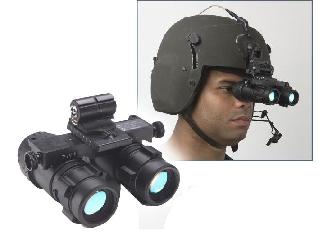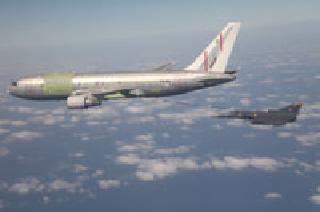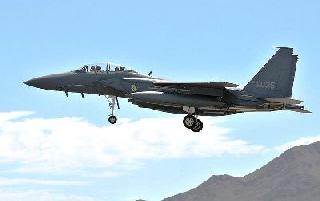
Aviator's Night Vision Imaging System (ANVIS) AN/AVS-6 (V)3 (F4212 Series).
ROANOKE, VIRGINIA (BNS): US Army Research, Development & Engineering Command has awarded a $19.9 million worth contract to ITT Corporation for the supply of AN/AVS-6(V) 3 aviator night vision goggle and spare image intensifier tubes to the US Army.
"We are pleased to support all branches of the US military with our premier night vision ground goggle," Mike Hayman, president of ITT’s Night Vision business was quoted as saying in a company news report.
The contract also includes ITT’s night vision technology, the MX-10160C. This is the company’s Generation 3 Pinnacle image intensifier, providing the soldiers with clear and sharp night vision. The MX-10160C is in production and the company has increased its capacity to meet the demand.
The MX-10160C image tubes help the night vision devices to detect the present light with 10 times more power than the previous image tubes. These image intensifying tubes are specially designed for aviation goggles and special tasks of the ground soldiers.
ITT’s V3 ANVIS enables rotary-wing aviators to conduct and complete night operations during the darkest nights of the year. Fitted with the latest Pinnacle tubes, the V3 ANVIS offers the best low-light-level performance available and significantly reduced halo.
The gated power supply in these tubes maintains system resolution even in the presence of bright lights, significantly expanding the capability to operate in changing light conditions.
The V3 has the same improved positive objective lens focus fitted to ITT’s F4949 series of aviation night vision systems, guaranteeing maximum image clarity under all conditions of flight. The lightweight binocular can be mounted to a variety of aviator helmets, including the SPH-4B, the HGU-56/P, and the Alpha.
 Previous Article
Previous Article Next Article
Next Article











The Indian Air Force, in its flight trials evaluation report submitted before the Defence Ministry l..
view articleAn insight into the Medium Multi-Role Combat Aircraft competition...
view articleSky enthusiasts can now spot the International Space Station (ISS) commanded by Indian-American astr..
view article